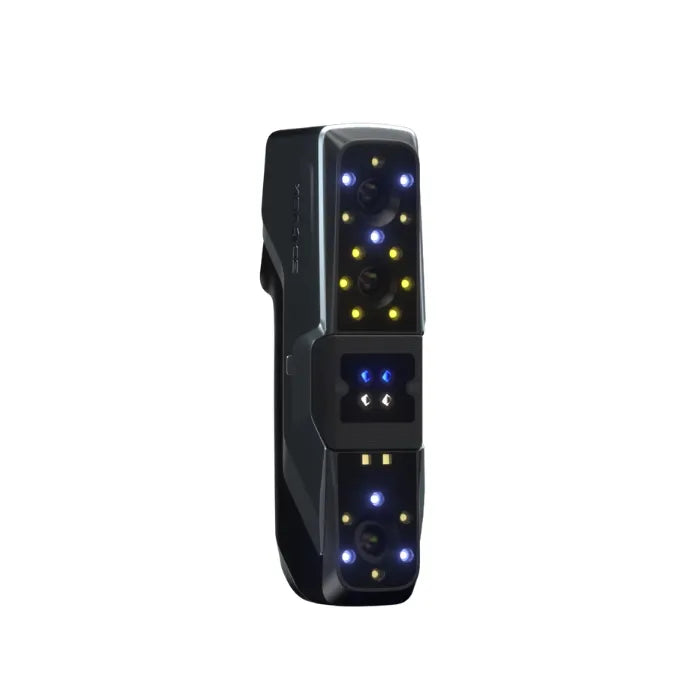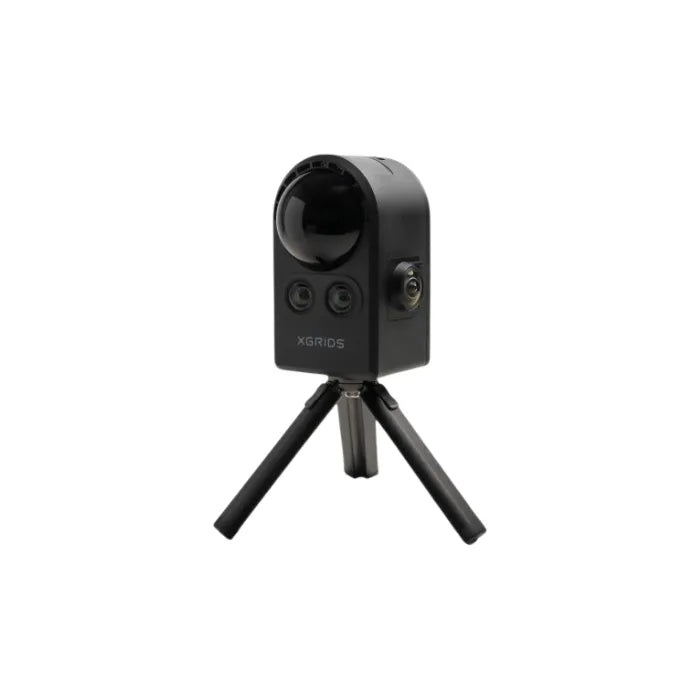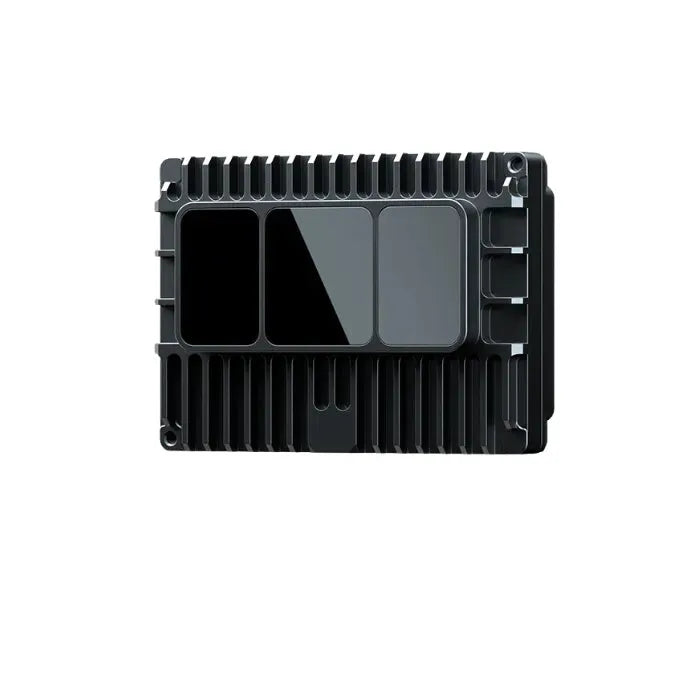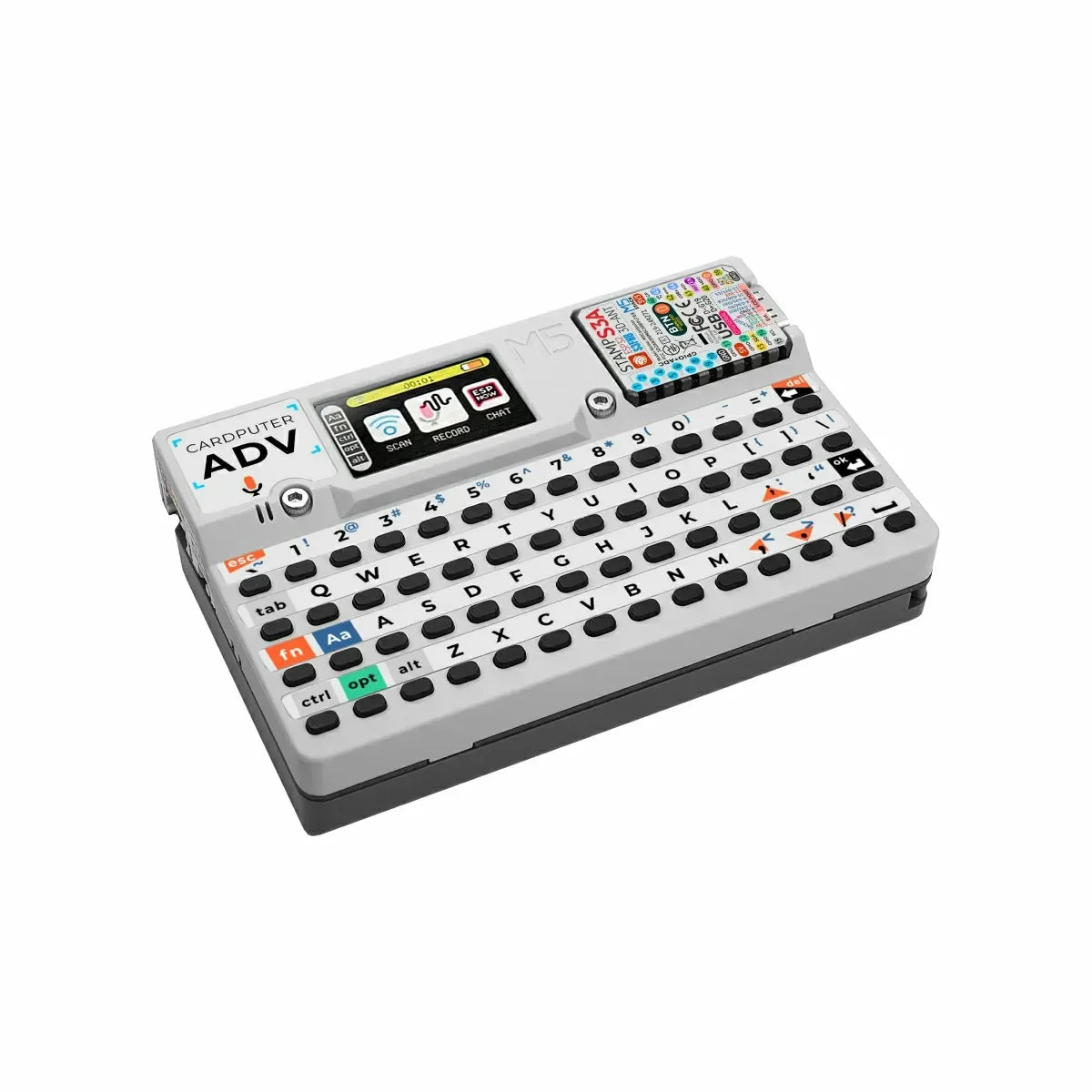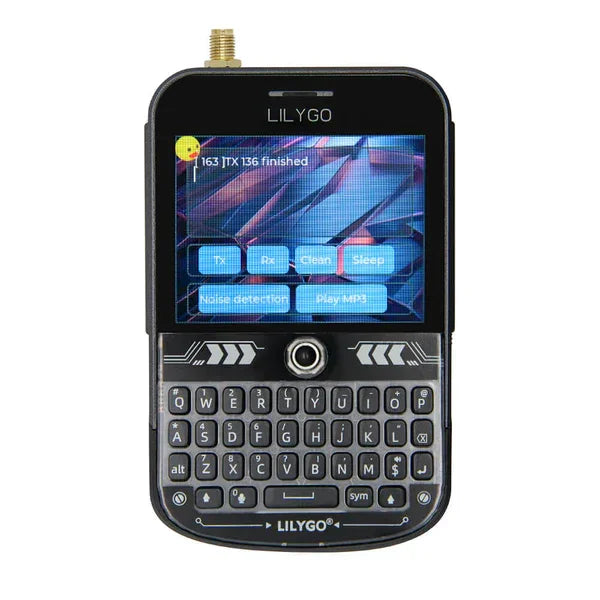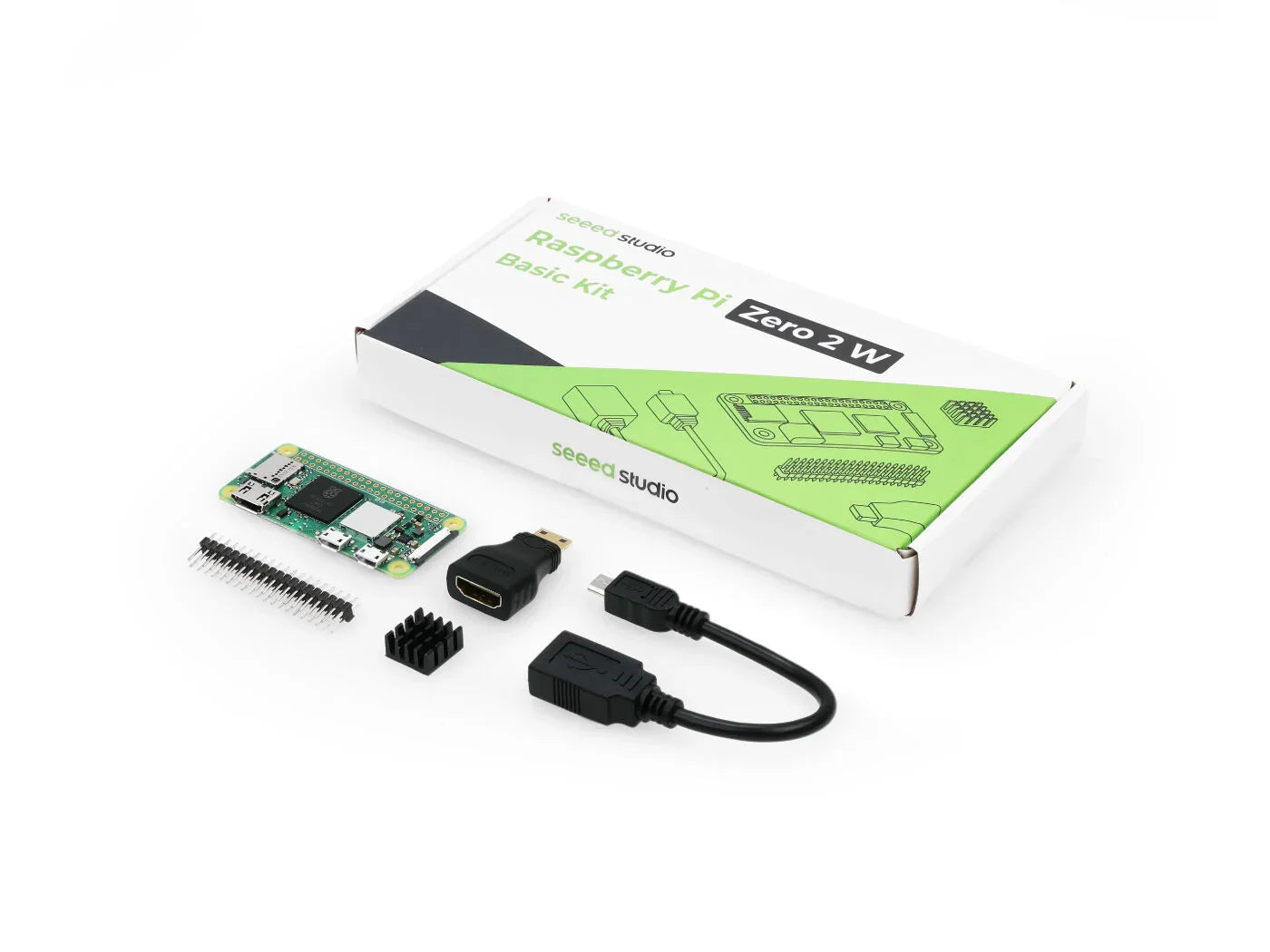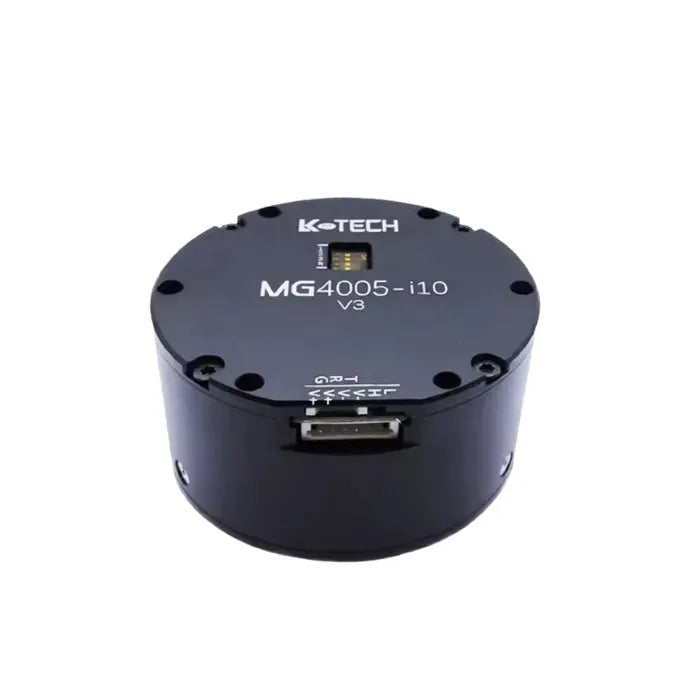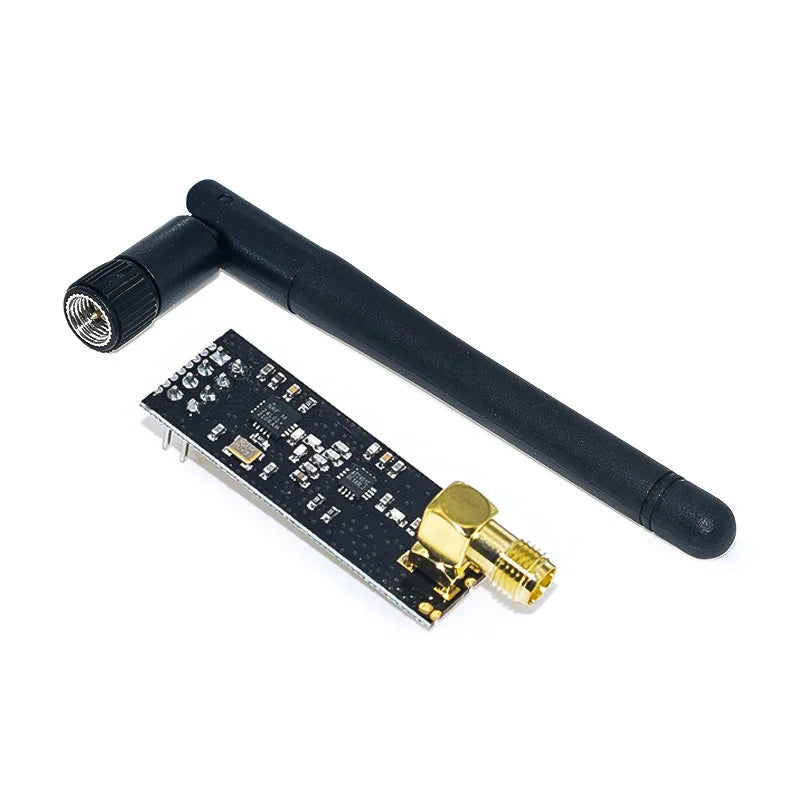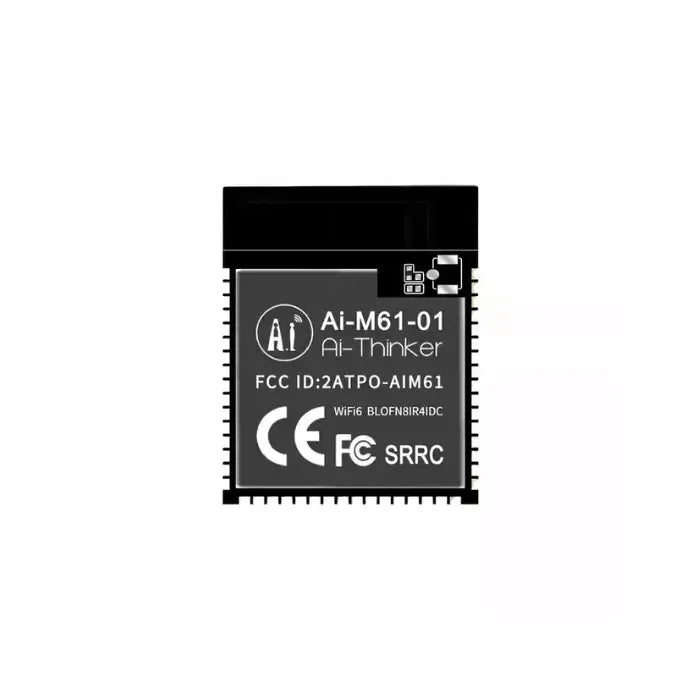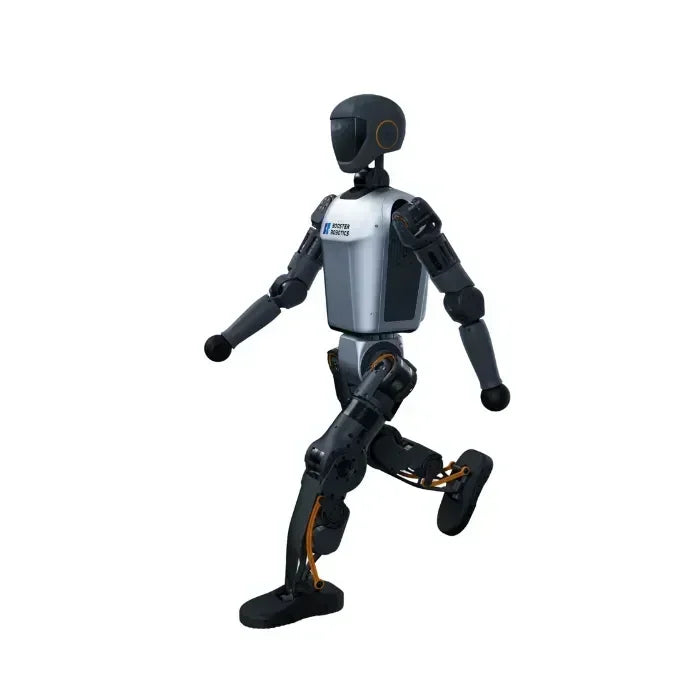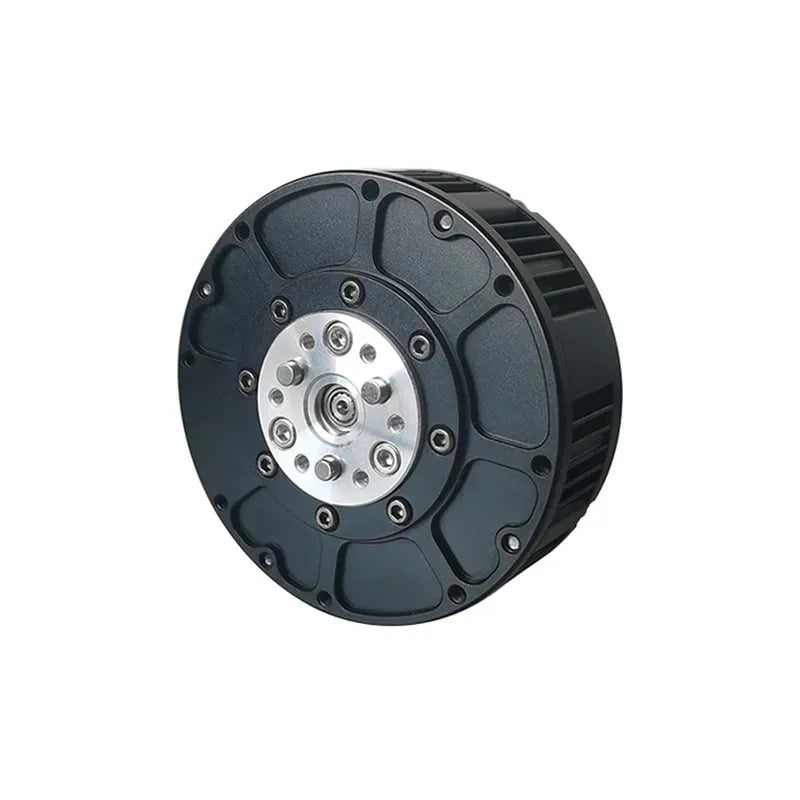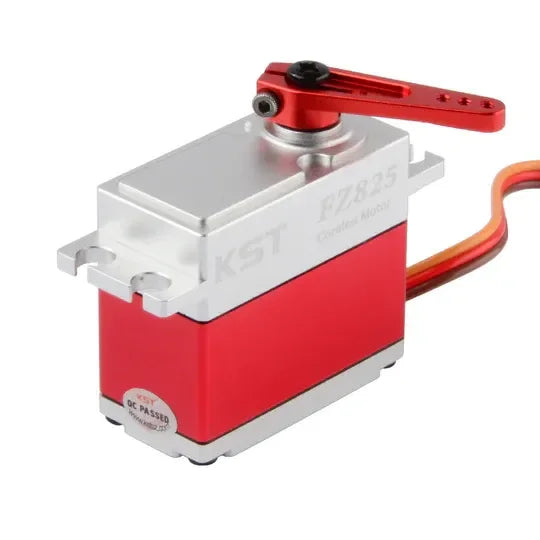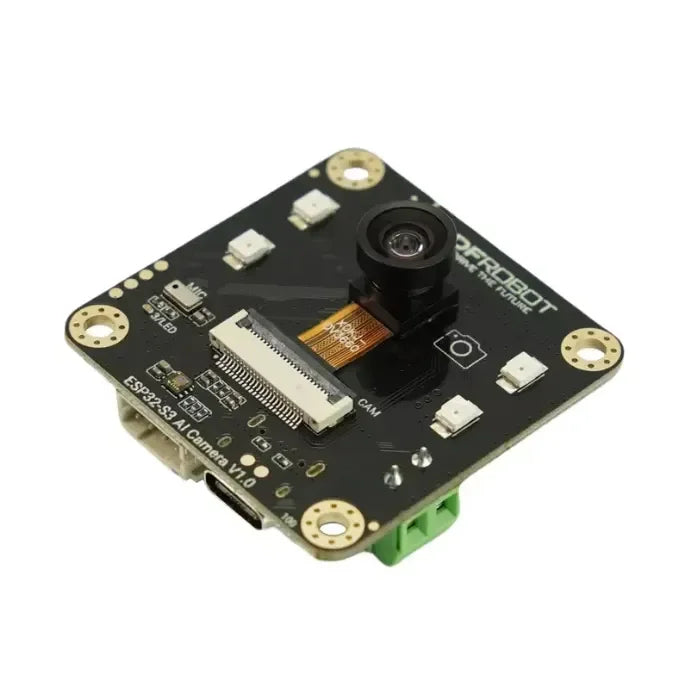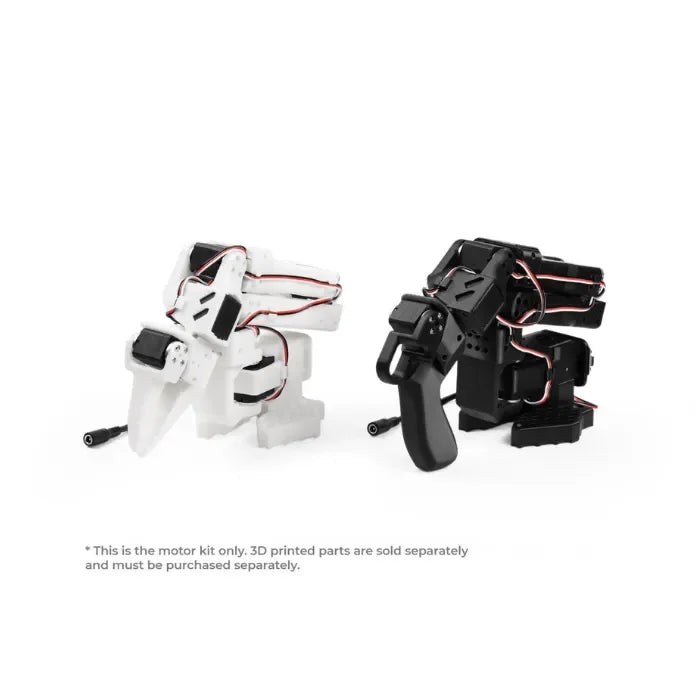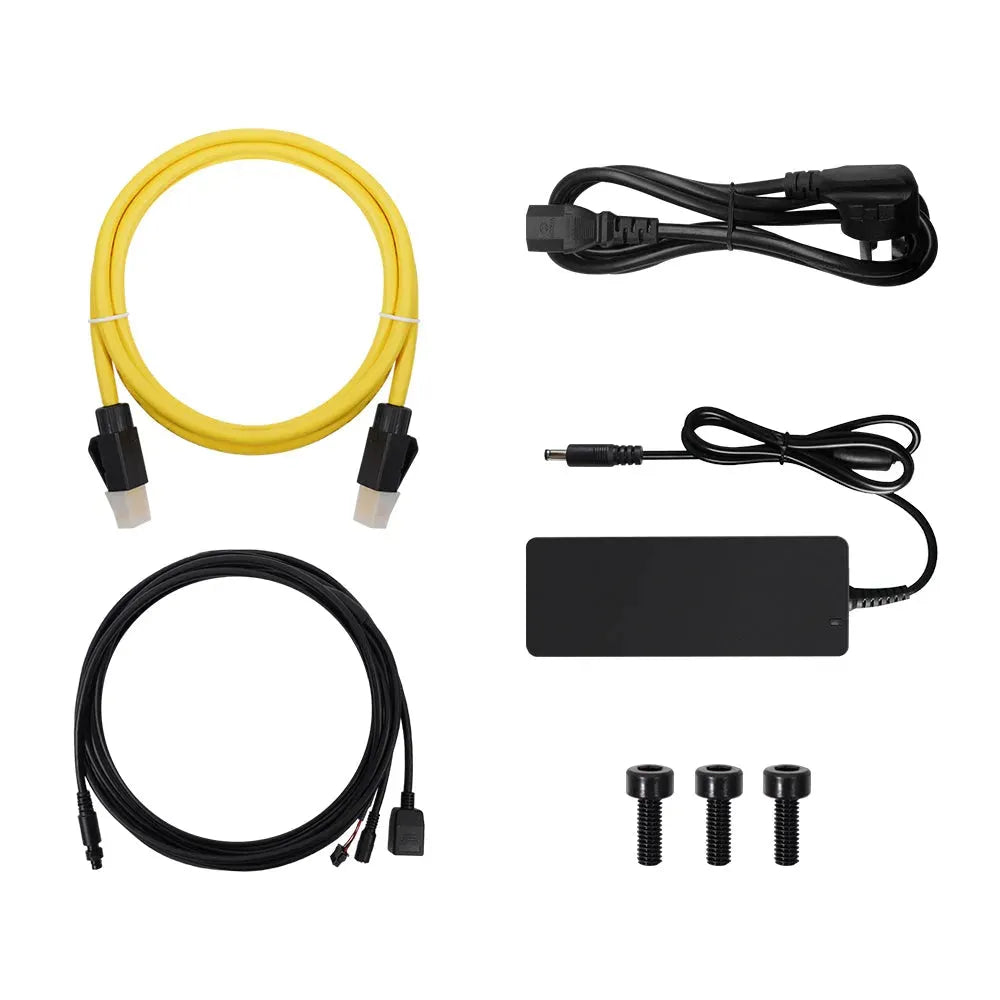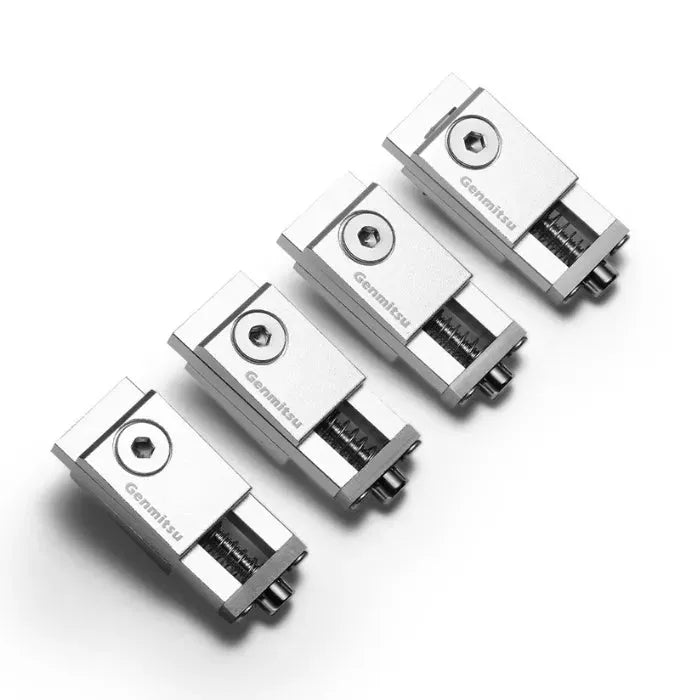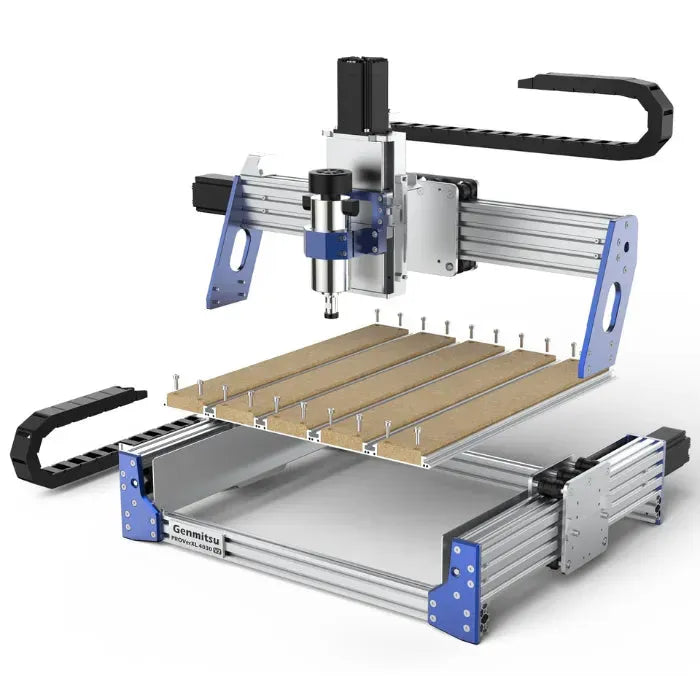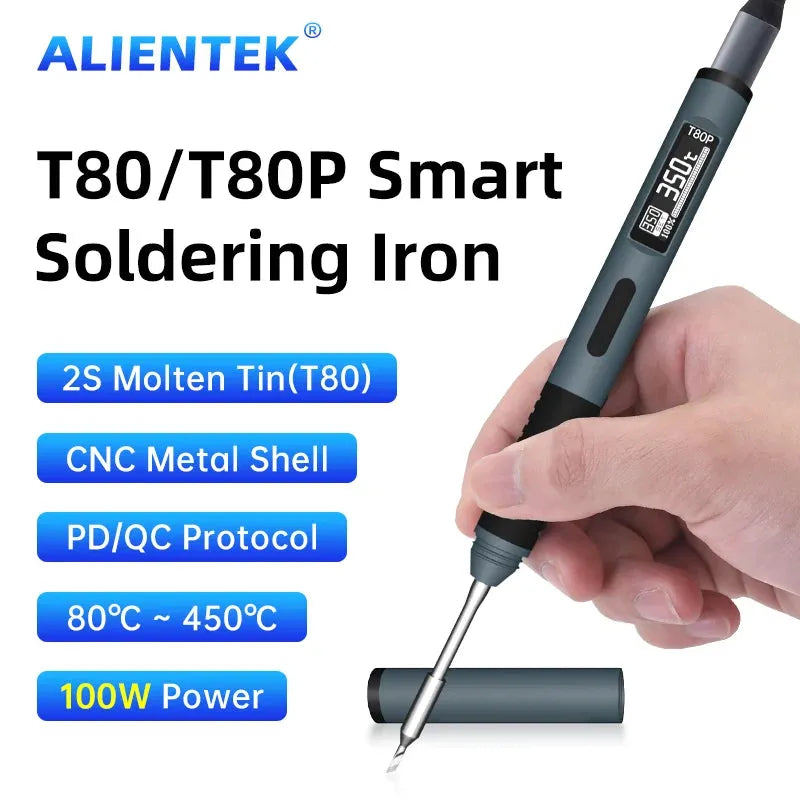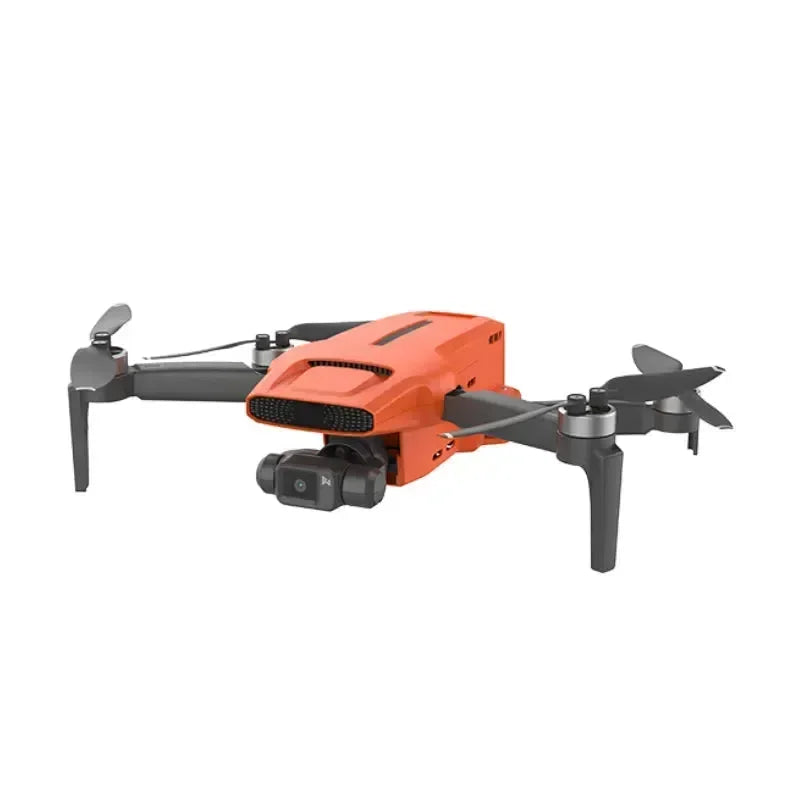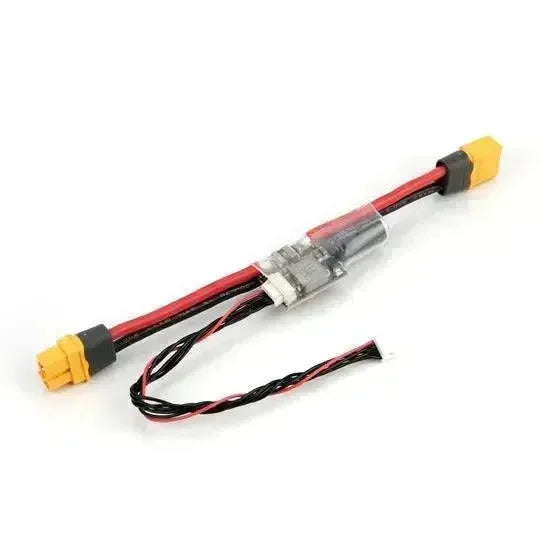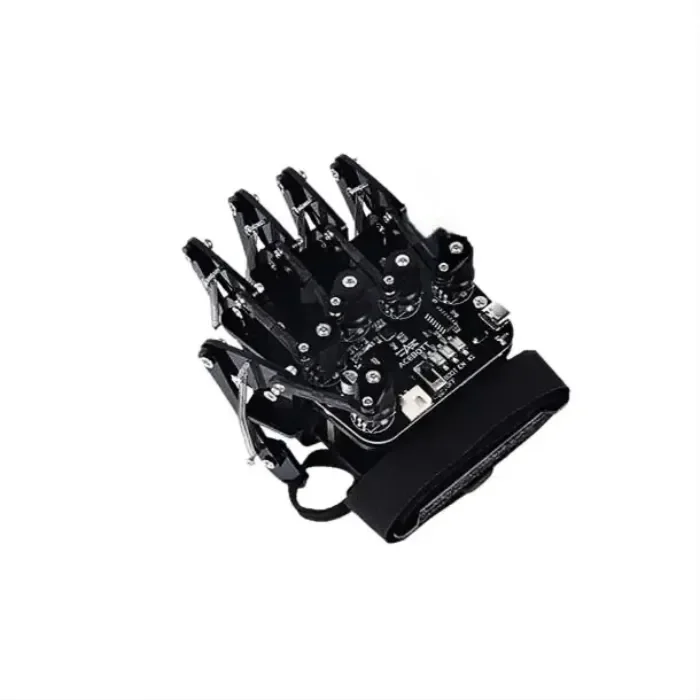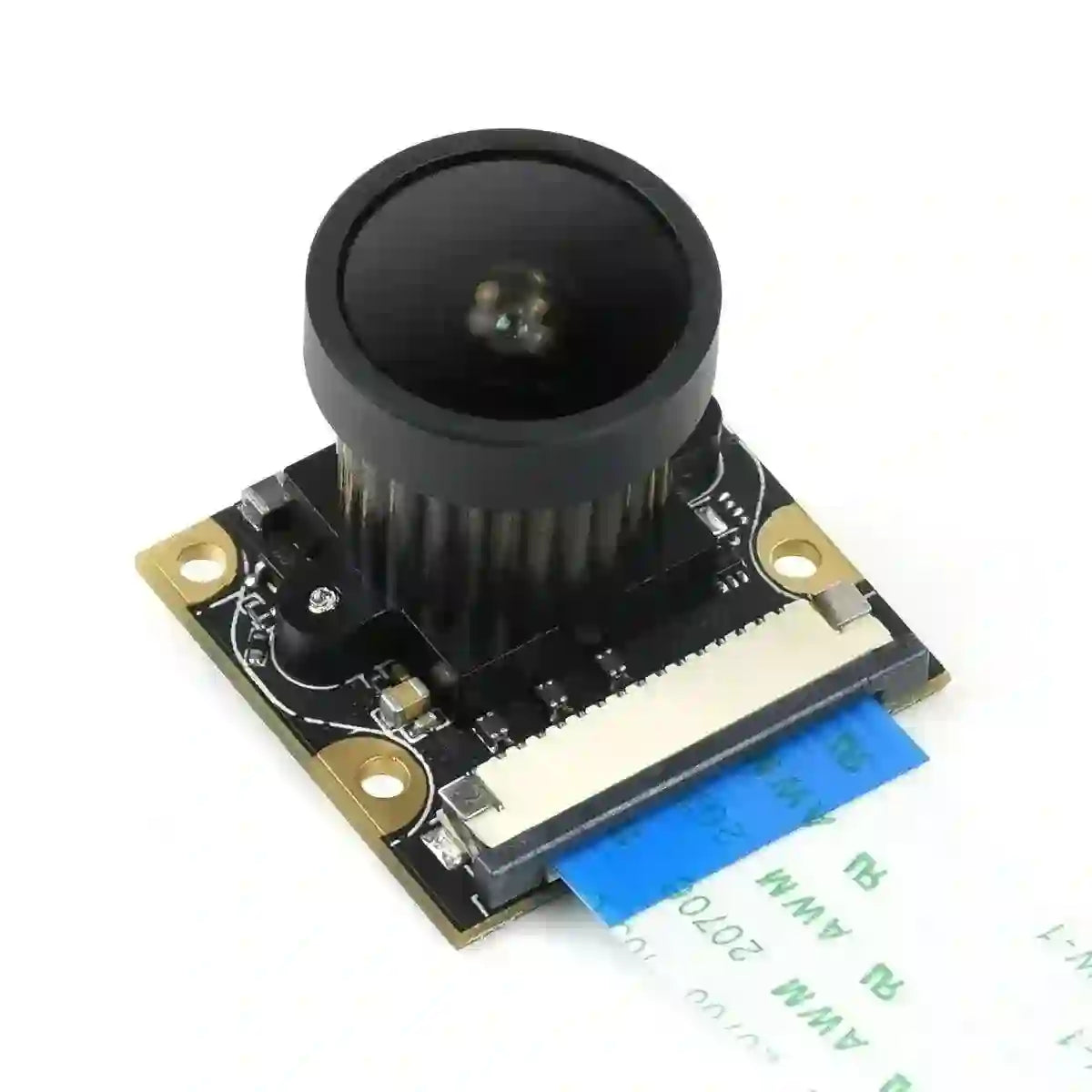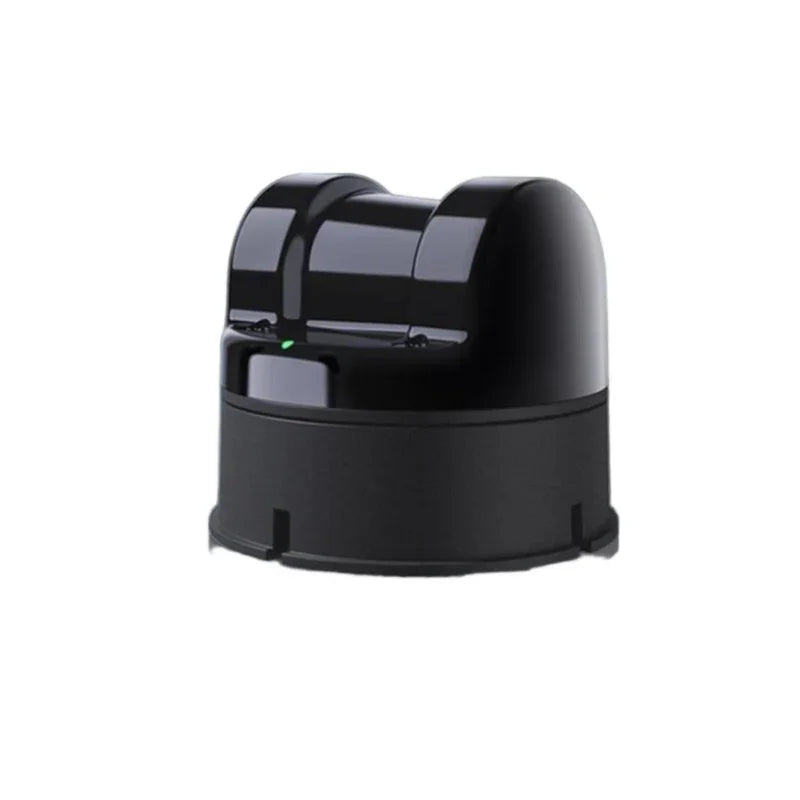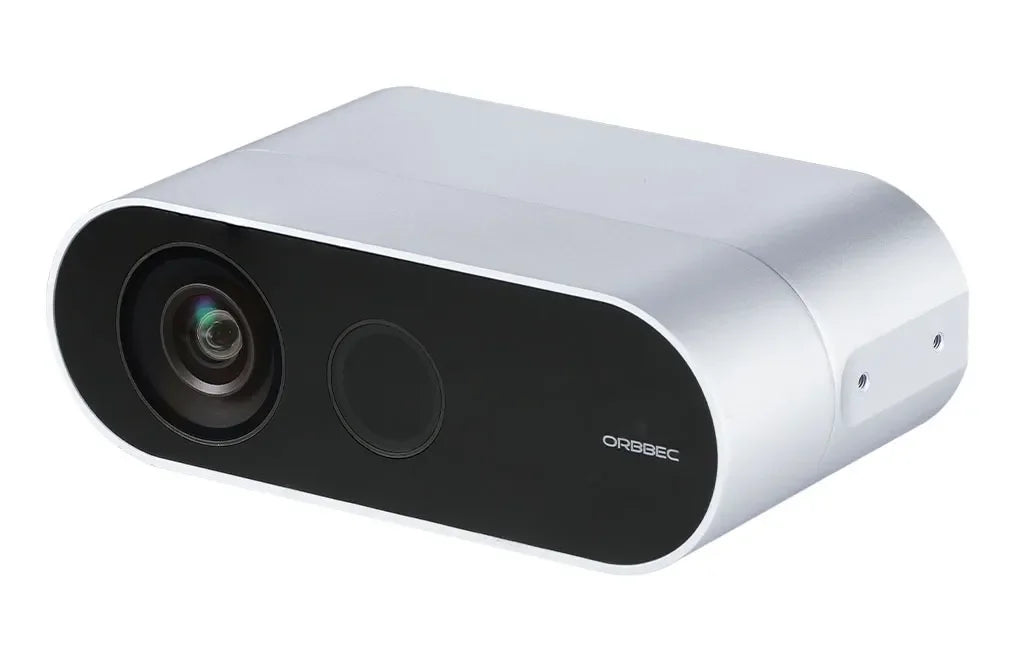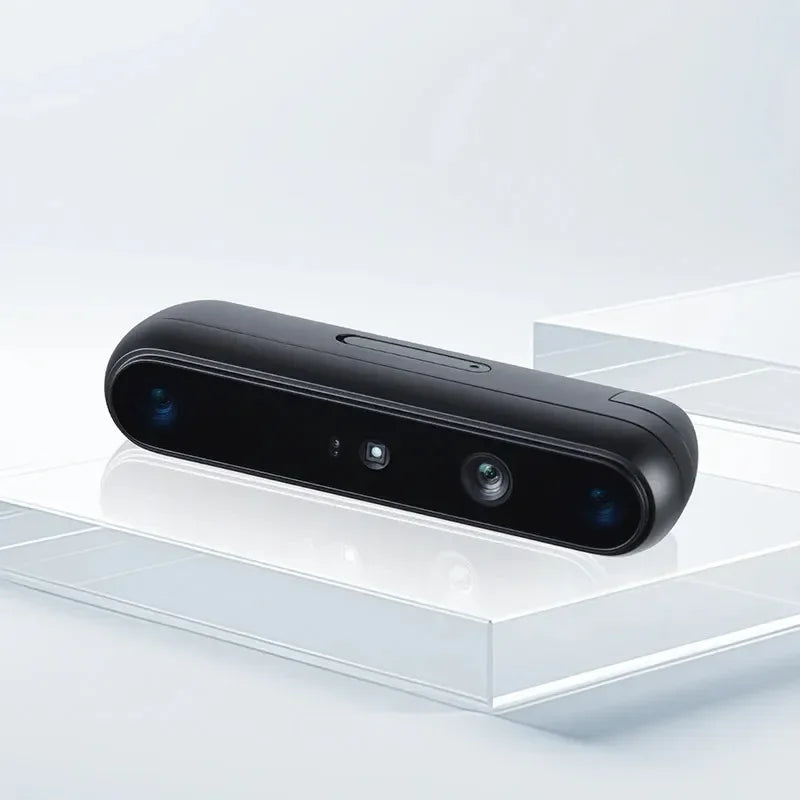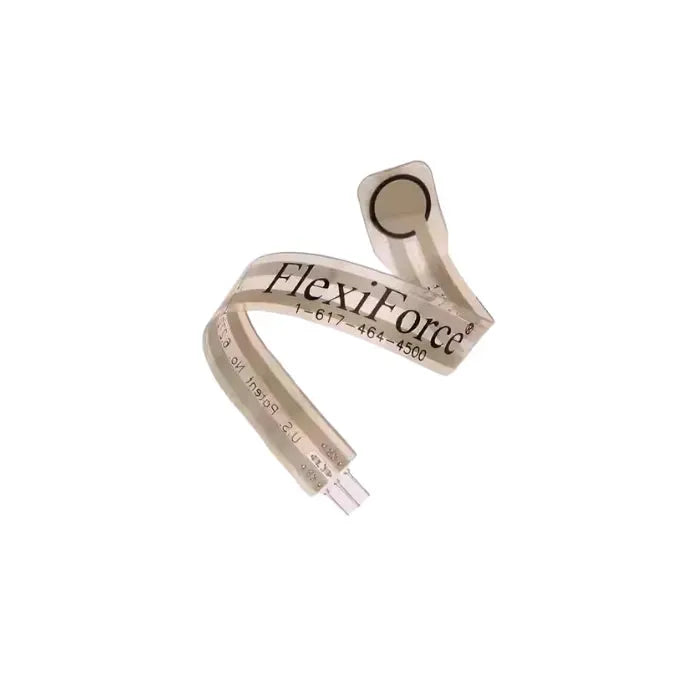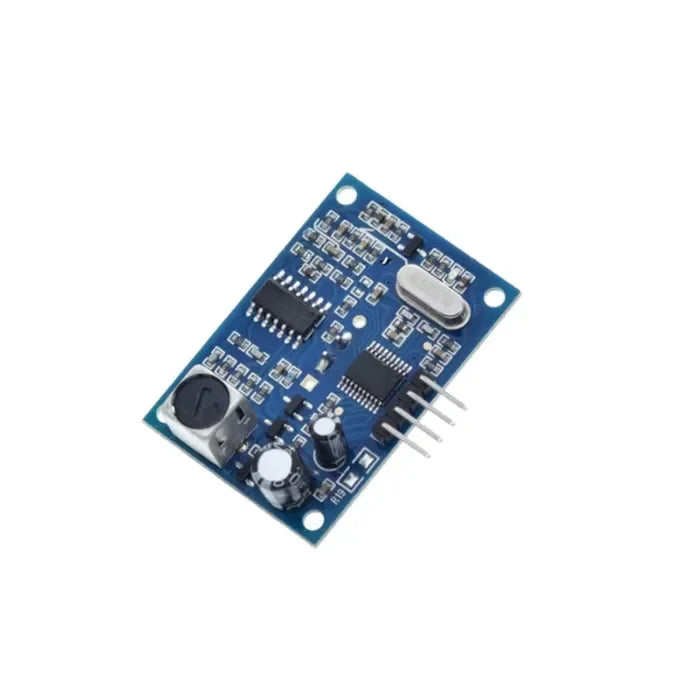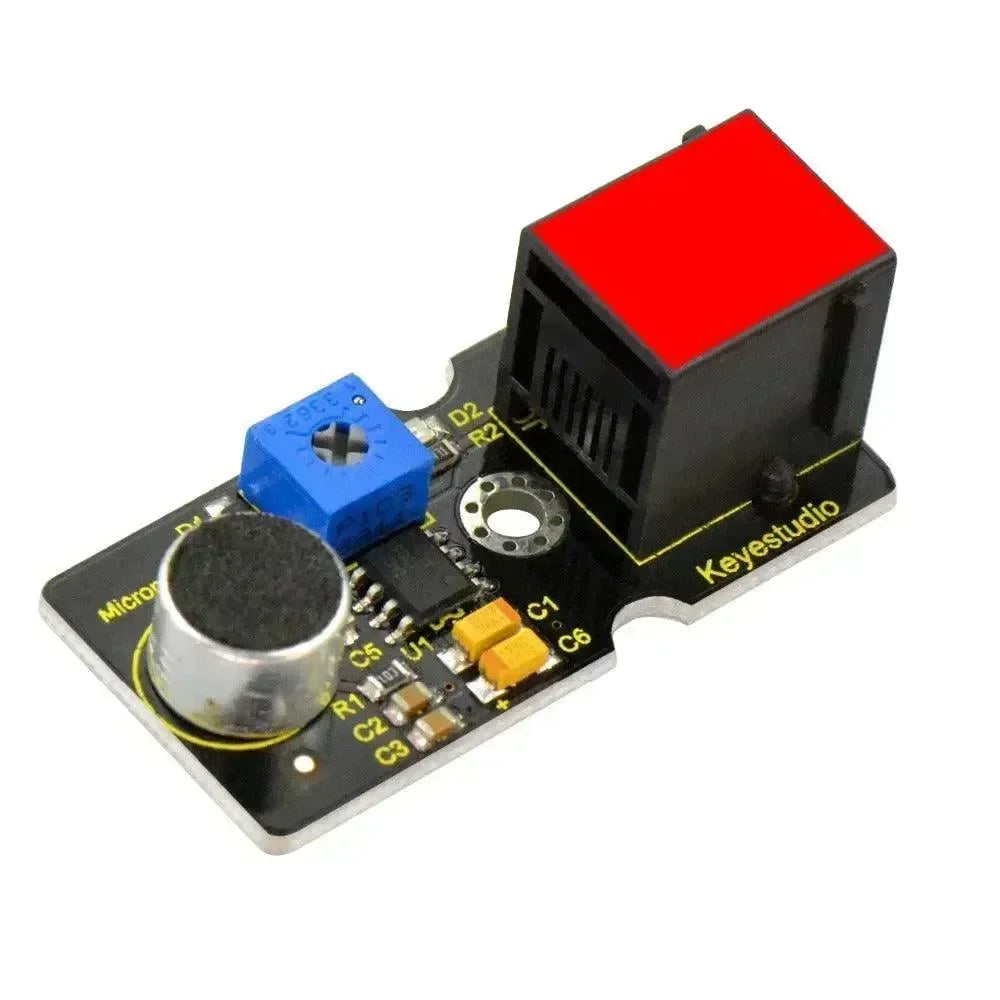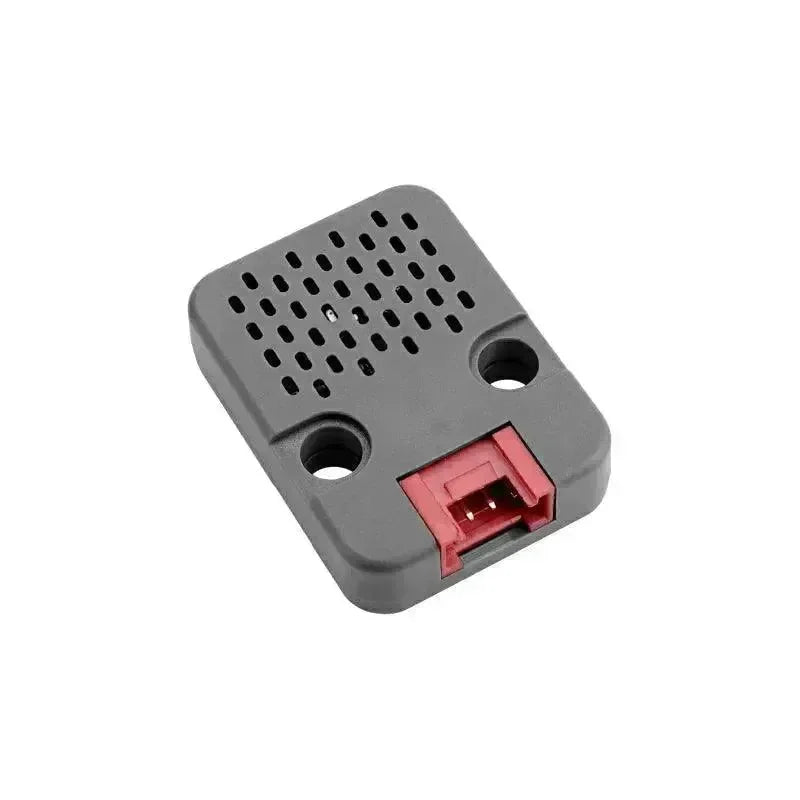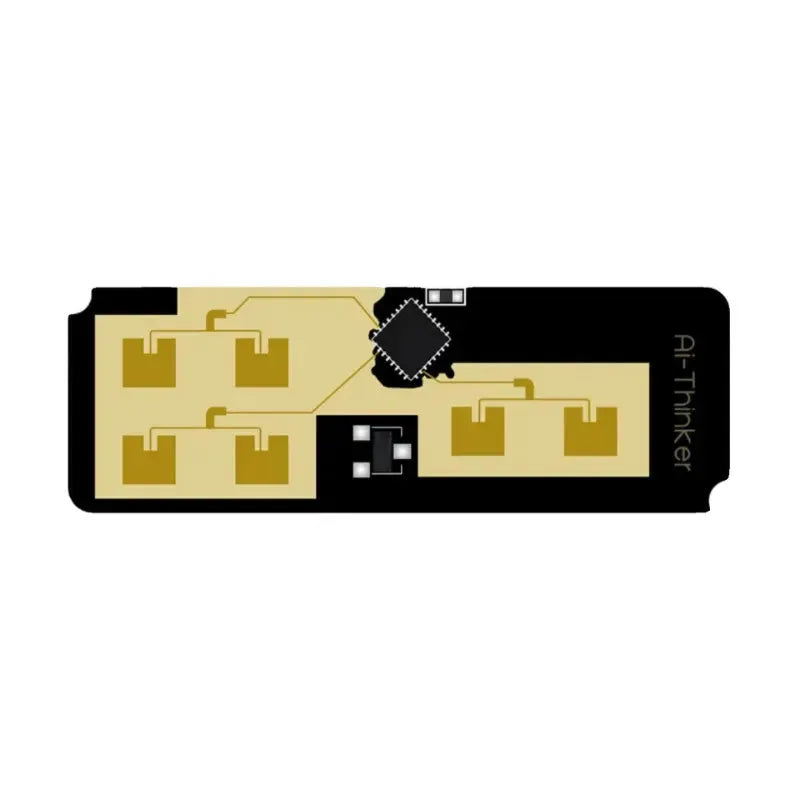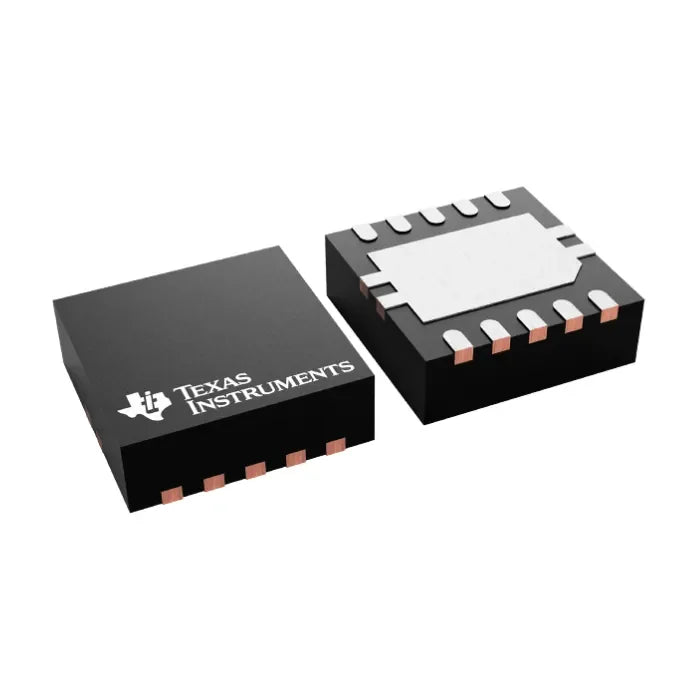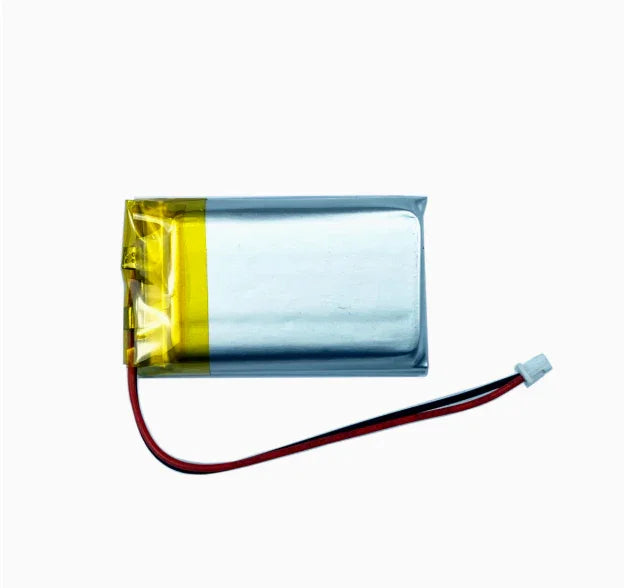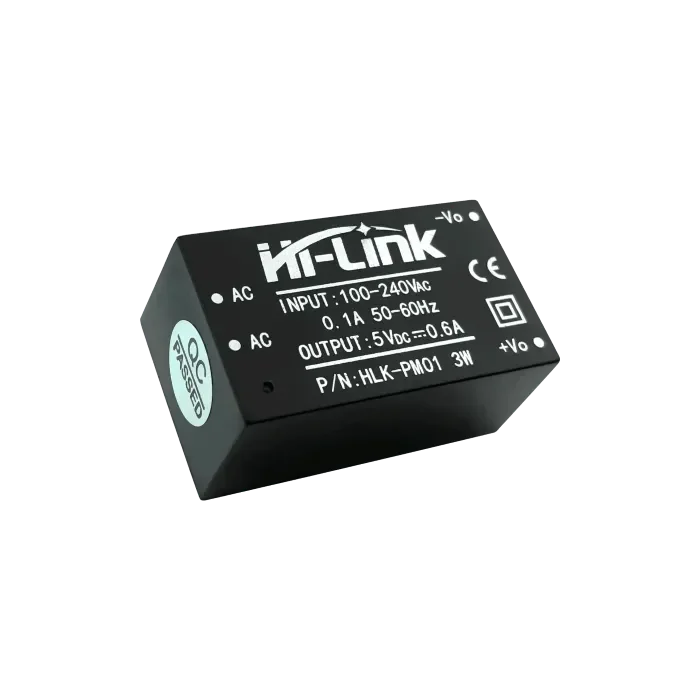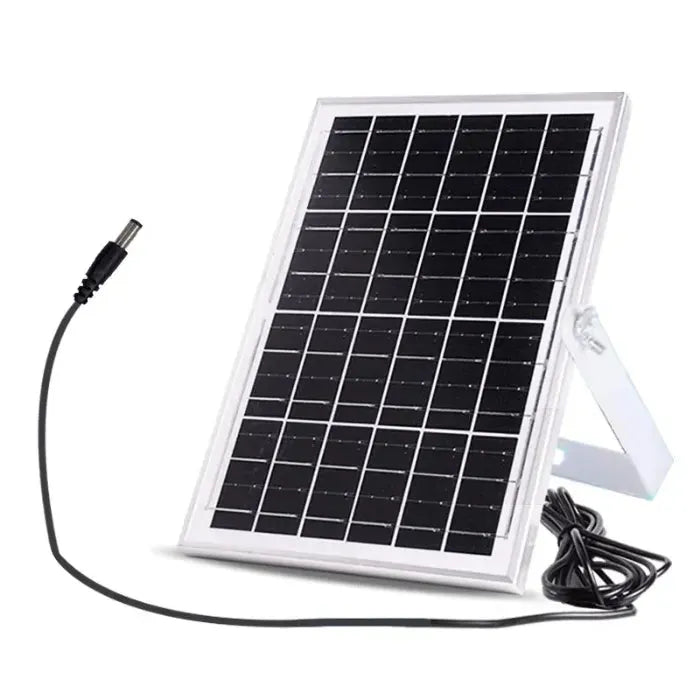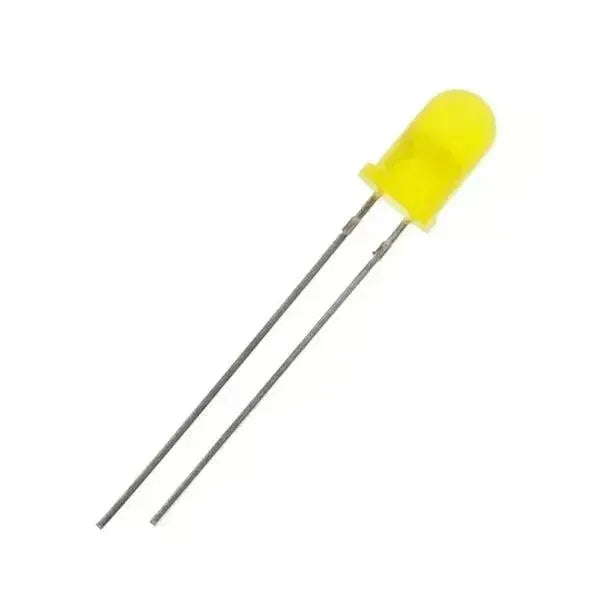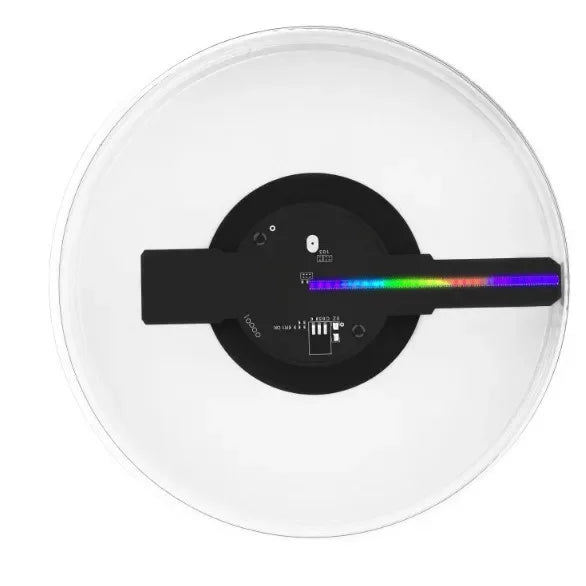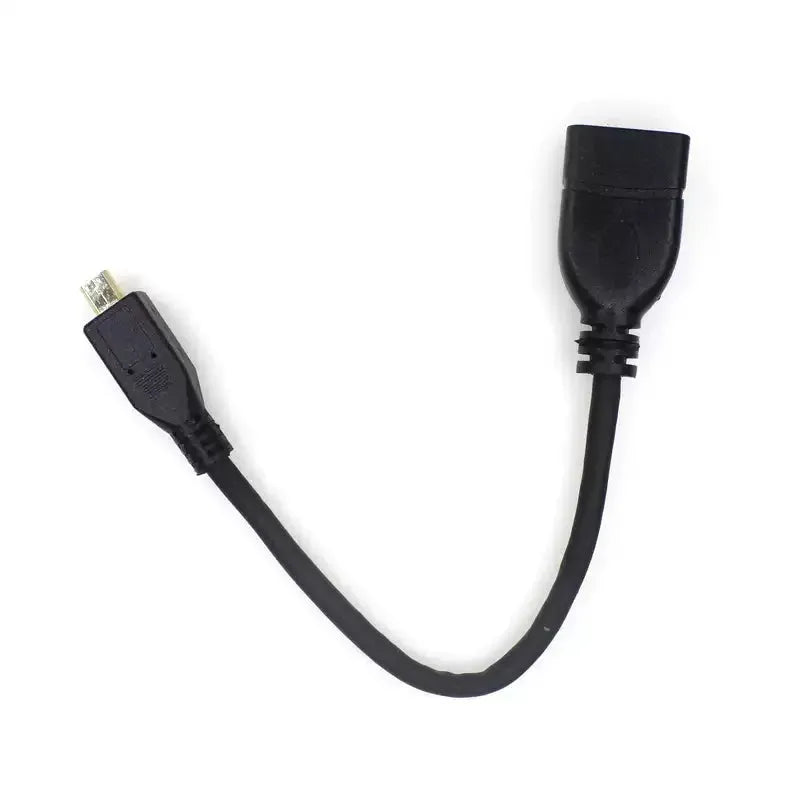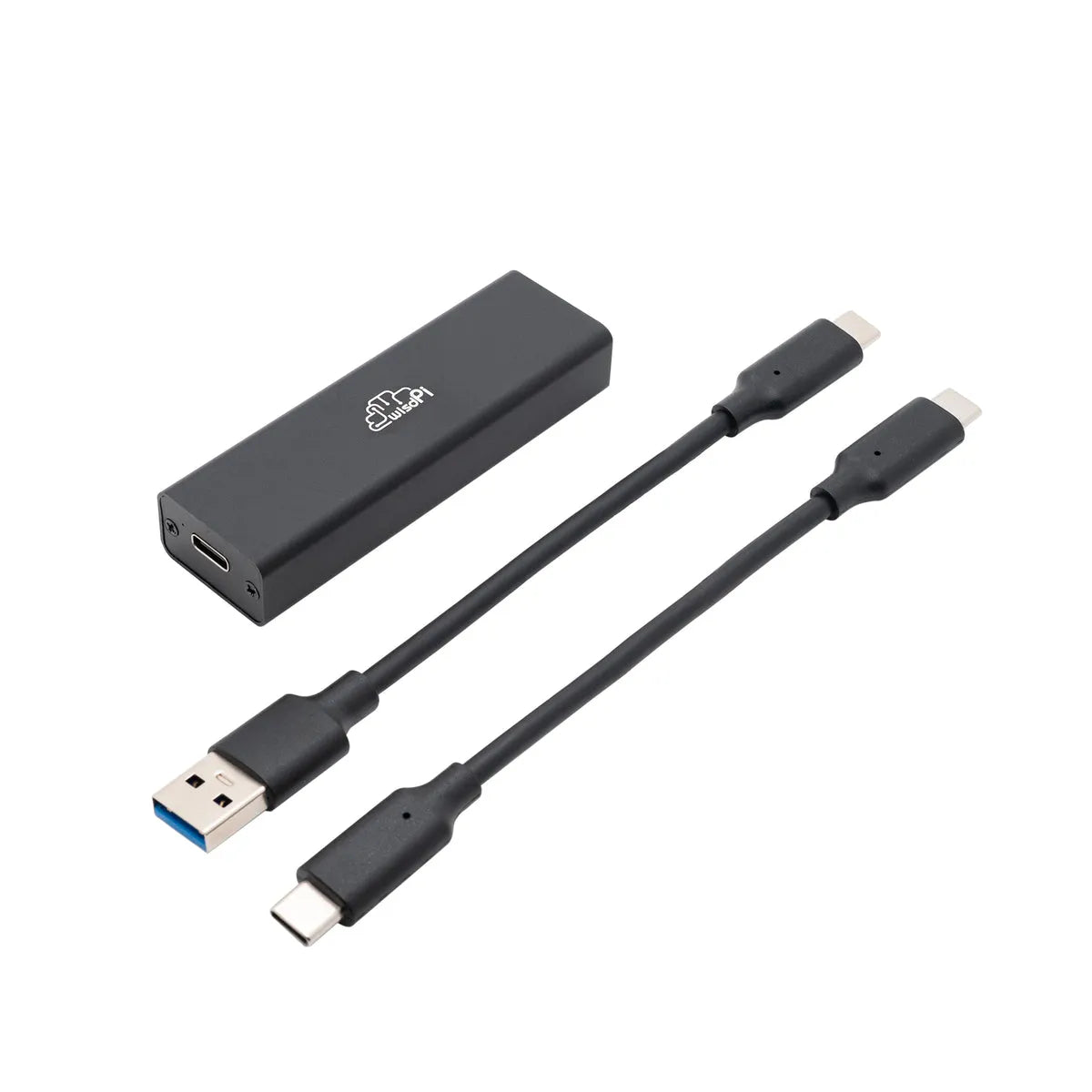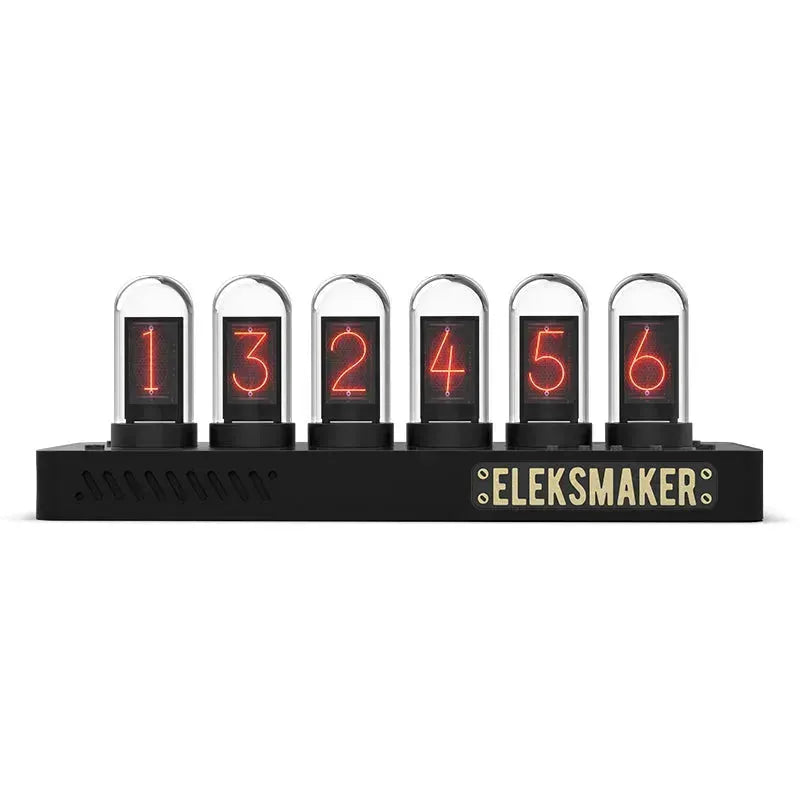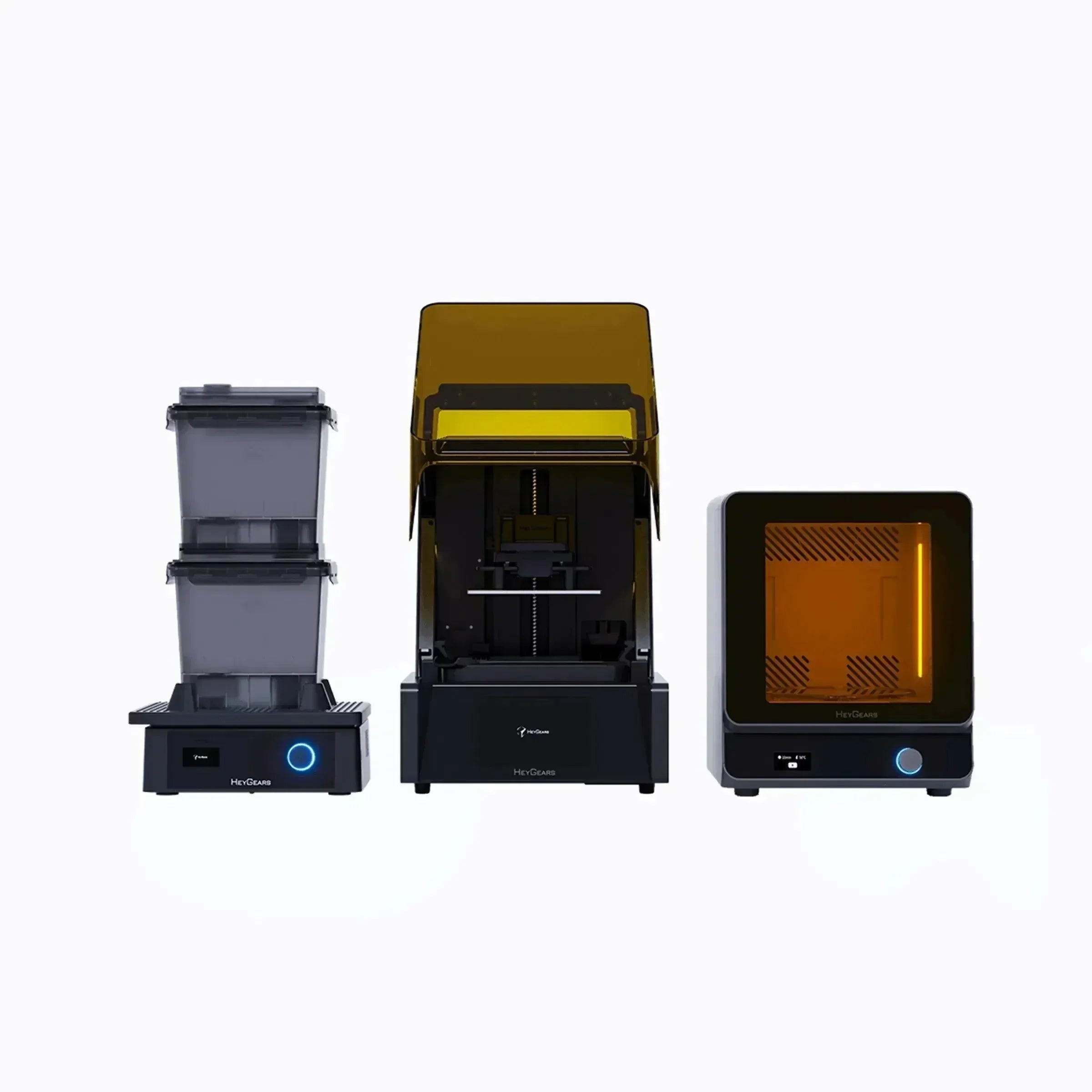Jewelry and Dental Applications
-
Jewelry: SLA printers can produce intricate and detailed jewelry pieces with high precision, capturing fine details that other printing technologies might struggle with. They are used for creating prototypes, master models for lost-wax casting, and even directly printed jewelry in some cases.
-
Dental: SLA printers are widely used in dentistry for creating dental models, surgical guides, orthodontic appliances, and even crowns or bridges. The accuracy required for dental work matches well with SLA's capabilities.

Prototyping
-
Precision Prototyping: SLA printers are ideal for prototyping when the quality of the surface finish and the accuracy of dimensions are critical. This includes consumer electronics, automotive parts, or any product where fit and finish are paramount.
-
Functional Prototyping: While not all SLA prints are strong enough for functional testing, certain resins can be used to produce parts that can withstand some level of stress or functional testing.

Miniatures and Figurines
-
Tabletop Gaming: SLA printing is perfect for producing miniatures for tabletop games due to its ability to print small, detailed models with high fidelity.
-
Art and Collectibles: Artists and collectors appreciate SLA printers for their ability to capture intricate details in sculptures, figurines, and other art pieces.

Medical Models
-
Surgical Planning: Detailed and accurate models of human anatomy can be printed for surgical planning, allowing doctors to visualize and plan complex surgeries.
-
Educational Models: SLA printers are used to create accurate models for medical education, providing students with realistic representations of anatom

Consumer Products
-
Custom Goods: For custom manufacturing, SLA printers can produce personalized items with high precision, such as phone cases, eyewear, and small gadgets.
-
Molds and Patterns: SLA prints can serve as masters for mold-making processes in injection molding, thermoforming, or other manufacturing techniques.

Architectural Models
-
High Detail: Architects and model makers use SLA printers for creating highly detailed architectural models that showcase building details, textures, and even lighting effects.

Research and Development
-
Optical Components: SLA printing can produce transparent or translucent parts, useful for creating optical components or prototypes where light transmission is important.
-
Fluid Dynamics: Models for testing fluid flow or aerodynamic properties can be printed with SLA, thanks to its ability to produce complex geometries with smooth surfaces.

Quality Control and Inspection
-
Inspection Gauges: SLA prints can be used to create precise inspection tools or gauges for quality control in manufacturing processes.

Advantages of SLA Printing
-
High Resolution: Capable of producing parts with resolutions as fine as 25 microns or less, allowing for intricate details.
-
Excellent Surface Finish: SLA prints have a smooth surface finish right out of the printer, often requiring minimal post-processing for a polished look.
-
Accuracy: They can achieve dimensional accuracies that are often superior to other 3D printing technologies, making them suitable for applications where precision is crucial.
-
Material Versatility: There is a wide range of resins available, from standard to specialty materials like flexible, castable, or even biocompatible resins.
-
Speed for Detailed Prints: For small, detailed prints, SLA printers can be quite fast, especially when equipped with high-power lasers.
Challenges
-
Size Limitations: While there are large-format SLA printers, the technology is often better suited for smaller, detailed parts due to the need for precision control.
-
Post-Processing: SLA prints typically require washing to remove uncured resin and often post-curing to achieve optimal mechanical properties.
-
Support Structures: Like all resin printing, SLA requires support structures for overhanging features, which can complicate post-processing.
-
Cost: SLA printers and their resins can be more expensive than other consumer-grade 3D printing technologies, although costs are decreasing over time.
In summary, SLA printers are particularly good for applications where high detail, smooth finishes, and precision are critical. They cater to industries and applications where the quality of the final product is as important as its functionality. However, the choice of 3D printing technology also depends on the specific requirements of each project, including material properties, part size, speed, and cost considerations.
You may also like
Heygears UltraCraft Reflex RS: Revolutionizing Desktop 3D Printing
HeyGears UltraCraft Reflex RS: Precision, Speed, and Creative Freedom in 3D Printing
UltraCraft Reflex vs Reflex RS: Features and Differences
What is a UV 3D Printer? A Comprehensive Guide
What is HeyGears and What is the HeyGears UltraCraft Reflex RS 3D Printer?

